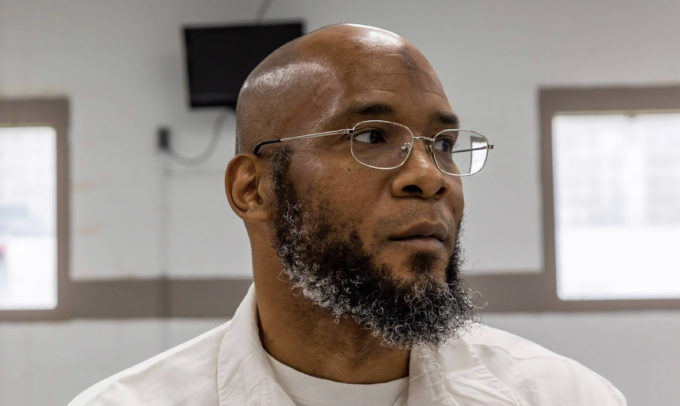Penguin has brought out Eric Williams’ Capitalism and Slavery for the first time in Britain in almost 40 years
In this classic book Caribbean historian Eric Williams details how capitalism—and particularly British capitalism—could not have developed without the brutality of the Atlantic slave trade.
First published in 1944, Capitalism and Slavery has been unjustly neglected and the new edition from Penguin is the first in Britain for nearly 40 years. It is doubly welcome at a time when the government attacks Black Lives Matter for reminding us of Britain’s role in the slave trade.
Williams explains the centuries‑long battle for supremacy in the Caribbean between Spain, Portugal, France and Britain. He describes the different kinds of colonies, either based on small farmer-holdings or on plantations—in which case “land and capital were both useless unless labour could be commanded”.
It is very good on the different kinds of unfree labour used, the planters’ indifference to their workers’ suffering and why slavery became economically dominant. He argues that “Slavery was not born of racism—rather racism was the consequence of slavery”.
Slavery developed for economic reasons but was justified by turning to a new idea of races. “Here then is the origin of Negro slavery. The reason was economic, not racial; it had to do not with the colour of the labourer, but the cheapness of the labour. As compared with Indian and white labour, Negro slavery was eminently superior.”
As the great historian of race WEB Du Bois put it in 1947, it was Marx who “made the great unanswerable charge to the sources of capitalism in African slavery”. Williams called the book “strictly an economic study” of how profits from the slave trade funded the development of industrial capitalism, but it teems with moral outrage.
Bristol became Britain’s second city because the slave trade brought in twice as much profit as all other trade combined. An observer wrote, “There is not a brick in the city but what is cemented with the blood of a slave”.

CLR James —‘The coming revolution will be black and white’
Williams attacks the slaveholders’ hypocrisy, including that of the churches, commenting, “The Society for the Propagation of the Gospel prohibited Christian instruction to is slaves in Barbados”.
He points out that plantation slavery was as ecologically destructive as it was morally repugnant since it exhausts the soil.
His broadly Marxist argument concludes that social relations link to economic development. “Even the great mass movements… show a curious affinity with the rise and development of new interests.”
However, Williams disagreed with many Marxists that argued that capitalism pre-dated the use of slavery and unfree labour. Williams was greatly influenced by the great Caribbean Marxist CLR James. They were Trinidadian and James had taught him at school. In Britain in the 1930s Williams helped research The Black Jacobins—James’s masterpiece on race, class and the Haitian revolution.
Williams states that this had already explained Capitalism and Slavery’s central theory “clearly and concisely”. But Williams’ book provides far more extensive facts. These ideas developed from comments by Marx on race and slavery, particularly around the US Civil War in the 1860s.
James was himself influenced by Du Bois’s Black Reconstruction, which examined how a Northern victory was far from inevitable, despite its economic superiority over the Confederacy. The active role of the enslaved made a decisive difference.
Williams returned to Trinidad where he came to lead the nationalist movement and after independence became prime minister. He invited James to come and edit his party’s paper, but the two fell out over the government’s lack of radicalism. James was an increasingly vocal critic and was even kept under house arrest for a while.
None of this detracts from the importance of Capitalism and Slavery in cementing the idea that there is no capitalism without racism.
Capitalism and Slavery by Eric Williams. Published by Penguin, £9.99



